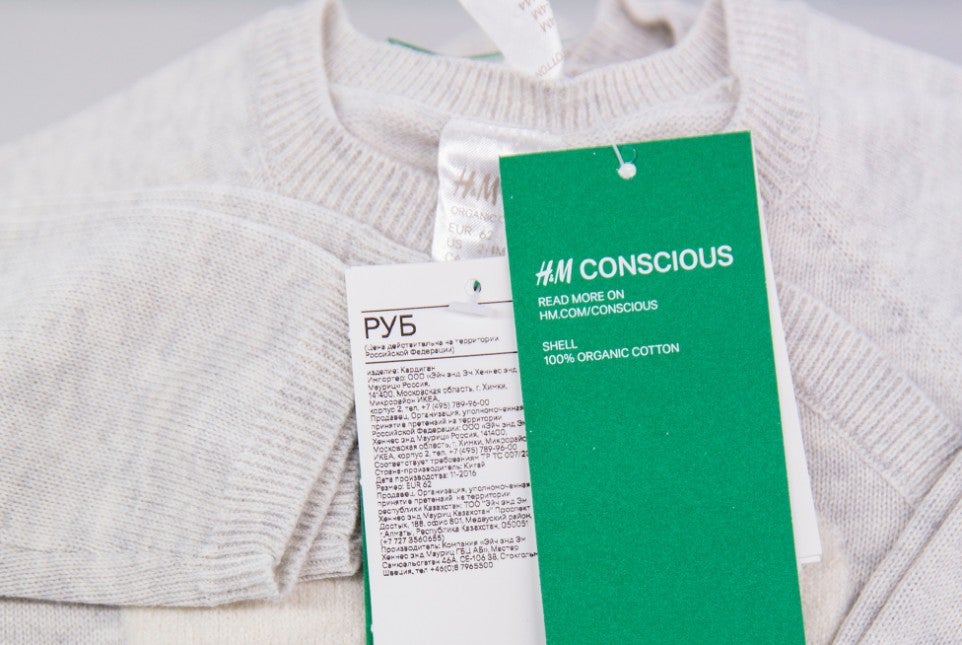
The new circular design tool, Circulator, not only aims to enable H&M Group’s own teams to create products fit for a circular economy but will in the long-term invite others to do the same.
By 2025, H&M Group aims to have 100% of its brands’ products designed for circularity – from the drawing board all the way through the multiple loops of a circular ecosystem. The Circulator shall raise awareness and reduce the complexity and subjectivity of circular design decisions, the company says.
The new tool has been developed with guidance from a broad range of internal and external experts, such as Global Change Award winner circular.fashion, and will support the realisation of Ellen MacArthur Foundation’s vision of a circular fashion industry. By making the tool available to others in the coming years, H&M Group wants to equally share and gather knowledge and learnings with others, to jointly support the industry’s transition towards a circular economy.
“We need to transform how we design and produce our products in order to meet our ambitious circular and climate goals. We also recognise the need to accelerate industry transformation and the Circulator tool will support both. Collaboration is the only way forward and we want to show leadership in the transition towards circular fashion,” says Helena Helmersson, CEO H&M Group.
How the new circular design tool works
The Circulator consists of two parts: a downloadable guide and a digital scoring tool. With the first launch of the downloadable guide in autumn 2021, H&M Group wants to invite everyone to co-create and learn together. The feedback and practical learnings from the first launch phase of the tool will contribute to the development of the scoring tool, which will be launched in the coming years and piloted with industry partners.
The company adds it is working Tommy Hilfiger and Calvin Klein owner PVH Corp and UK online fashion retailer Asos to drive change in the space through industry collaboration.

US Tariffs are shifting - will you react or anticipate?
Don’t let policy changes catch you off guard. Stay proactive with real-time data and expert analysis.
By GlobalData“To enable a real industry change, we need to collaborate and jointly work on innovative solutions,” explains Sarah Hayes, business expert for circularity at H&M Group. “We feel the sense of urgency, which our industry as a whole is facing, and we want to learn together to fast track the industry’s transition to a circular economy. We value progress over perfection – we know we don’t have all the answers, but we will learn on the way and it’s time to turn words into action.”
Offering customers easy and assessable ways to prolong the lifecycle of their clothes has been on H&M Group’s agenda for a while but circular thinking starts way before that, the retailer notes.
All of its brands have their own in-house design teams who H&M Group says share the mission to create new inspiring designs and products that allow its customers to enjoy fashion in a more sustainable way.
“Making conscious choices is part of every decision making along the design process of a garment, focusing on three main impact areas: environmental impact, durability, and recyclability. A process that is now simplified and supported by this innovative digital tool,” the company says.
Hayes adds: “We see our teams experiencing a real ‘a-ha’ moment when they use this tool. Being part of the industry, we’re all increasingly aware of its negative impact on the environment and the challenges our planet is facing. Being able to take practical steps to change how products are made and used and contributing to our climate goals is really empowering.”
At the COP26 summit in Glasgow, H&M revealed it would ban new suppliers that use coal to power their facilities from the new year (2022).
H&M said energy efficiency, renewable electricity and shifting towards a circular business model remain the cornerstones of its climate strategy.



